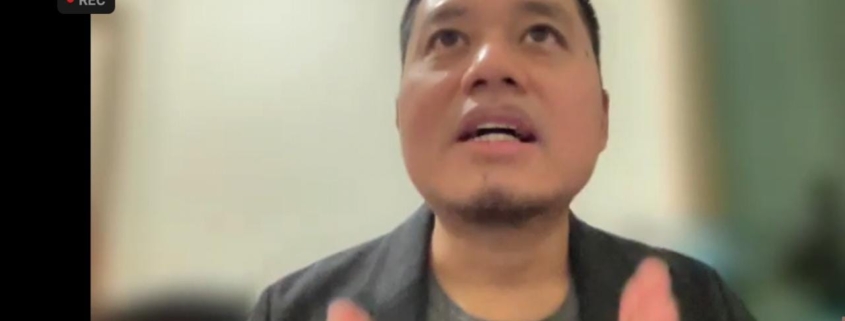Understand Gender-Sensitive Journalism Before Writing
Women are still a minority, very few women occupy strategic positions in the media. Whereas the presence of women in strategic internal media positions can reduce the objectification of women by the media. Both media films, television, advertising, games, and journalistic products.
The objectification of women by the media often occurs because women are considered as attractive commodities in the media. Both as a form of the depiction of women who are very male and a form of harassment of women.
“For example, body shaming or sexist jokes that are not gender-sensitive are present in media content,” said Iwan Awaluddin Yusuf, a doctoral student at Monash University, Australia on May 30, 2021, at the LPM Meeting Public Discussion at Pasundan University.
Then what is the role of the media in the objectification of women?
According to Iwan, there is the worst role of the media, for example, the media in reproducing inequality and commodifying women. In addition, the media also perpetuates and celebrates the objectification of women. Another role of the media is also still passive in educating the public.
Iwan hoped that the media should educate the public. The media should carry out the functions of surveillance and prevention. “The most ideal and progressive is the media that plays the role of implementing and developing gender sensitive journalism,” said Iwan. “For example, journalists in Konde and Magdalene are committed to joining associations and advocating for the rights of women and the marginalized,” said Iwan as an example. Rights such as menstruation leave, pregnancy, lactation rooms and others are often voiced in the media called Iwan.
So what should the media do? What to avoid?
Media workers, including in the student press, try to avoid victim-blaming as much as possible. “In reporting, avoid defending the perpetrators, avoid using sensational, sadistic, and bombastic elements. This element in this journalistic code of ethics violates,” explained Iwan, Communication Lecturer at UII, who made gender-sensitive journalism his study while at Monash University.
Mainstream media, student press media, and community media are important in understanding gender sensitive journalism. According to Iwan, primarily public media such as RRI and TVRI have the potential to educate the public. “If there is something we need to criticize, it is that RRI and TVRI are not tools of the government, that hope should not be broken, any media needs to work together on this (gender sensitive journalism), including from RRI and TVRI,” continued Iwan.
The media can also balance the portion of sources in their coverage. The easiest thing is to balance male and female sources. “Also balancing sources that has a gender perspective,” he explained to the participants, most of whom were students.
Today’s mass media should also be able to adopt the Unesco Gender Sensitive Indicator for media which was released by Unesco in 2012. With this indicator, at least the media can apply it at the organizational or management level. The media can implement policies that are pro-women by creating a balanced structure and recruitment between female and male managers, leaders and journalists.
These efforts are important to avoid objectification of women and marginal groups in today’s media.
Today’s Media Challenge
“Startups or over the top (OTT) companies such as Google, YT, FB, Twitter, etc. have not all been willing to take responsibility if there is content and applications that are not gender-sensitive,” said Iwan. Iwan sees the challenges of today’s media not only among journalists but also in the scope of companies and digital media.
Not to mention, the fact that so far there has been no gender-sensitive curriculum in the academic environment. Yet this is also important to produce gender-aware journalists and media practitioners.
Iwan also feels the need to support the capacity building of media regulators to be able to identify various forms of objectification of women. Media regulators, such as KPI and the Press Council, must be able to see and observe carefully the discourses that actually hinder efforts to eliminate violence against women that appear in the media.
Another speaker, Nani Afrida, a journalist at Anadolu Agency, said that the need for an independent and gender sensitive mainstream media presence is urgently needed. “The position of the media is very difficult to be independent because it is co-opted by the conglomerate of media owners. The position of women is so unheard of,” She said.




